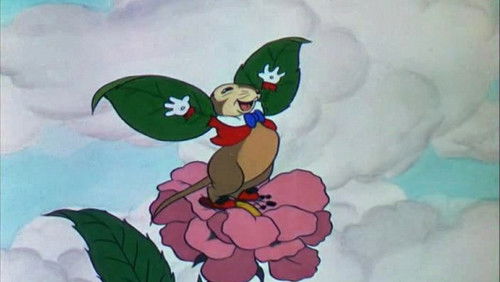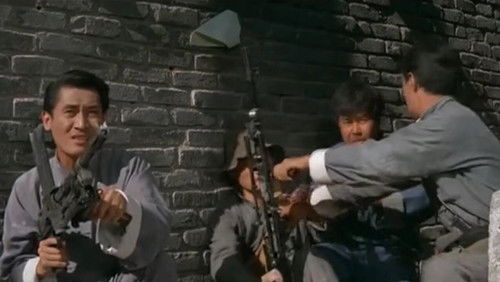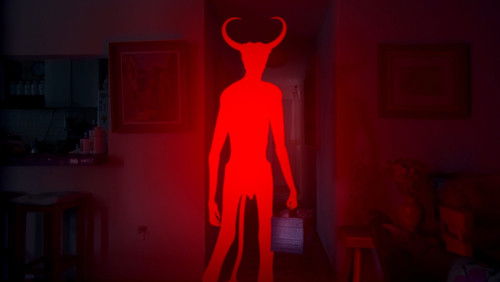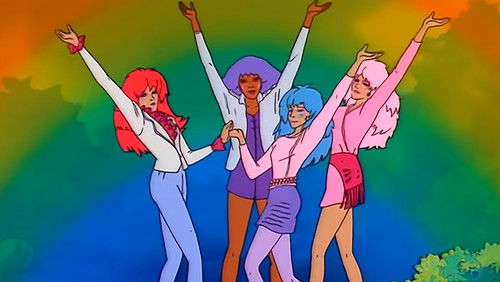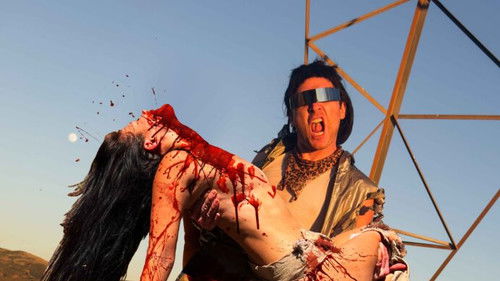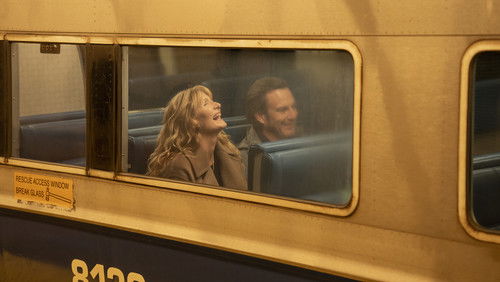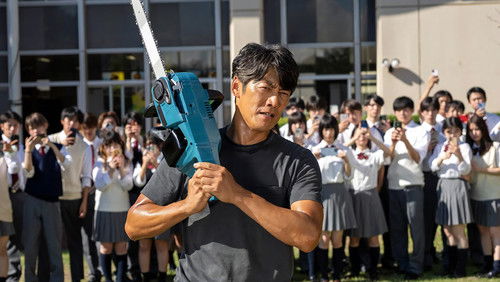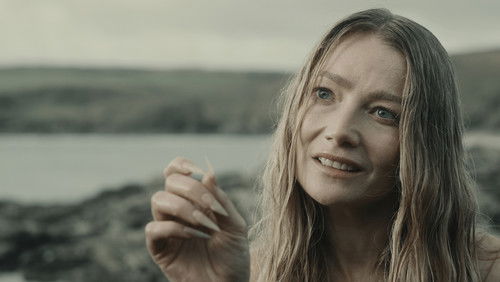Das Wunder von Manhattan (1947)
63KDas Wunder von Manhattan: Directed by George Seaton. With Maureen O’Hara, John Payne, Edmund Gwenn, Gene Lockhart. When a nice old man who claims to be Santa Claus is institutionalized as insane, a young lawyer decides to defend him by arguing in court that he is the real thing.
“This is certainly a lovely warmhearted movie, but since other reviewers have described the plot in detail, Iu0026#39;ll move on to other topics.u003cbr/u003eu003cbr/u003eI love movies like this for the insight they provide into the customs of a lost era. Watch the clothing – everybody is so dressed up! – women in dresses, gloves, and hats, men in hats and suits. Notice that when Ou0026#39;Hara enters a room filled with Macyu0026#39;s executives, even though they are the bosses and she is lower management, they all stand up instantly.u003cbr/u003eu003cbr/u003eThe social satire, most on display in the courtroom scenes, also is very 1940s. Apparently audiences of that era took a kind of genial corruption in the judicial system in stride. Business leaders, like u0026quot;Mr. Macyu0026quot; were expected to be sharp and profit-oriented, but also decent people like the rest of us. Itu0026#39;s a much more nuanced view than the u0026quot;businessman as criminal villainu0026quot; so common in todayu0026#39;s movies.u003cbr/u003eu003cbr/u003eThe character played by Maureen Ou0026#39;Hara probably needs explanation for modern viewers. Late 1940s audiences knew that the social and economic situation of a divorced working woman with a child was much more precarious than it is now. Divorce was still somewhat shocking – this is brought out neatly in the movie when her would-be lover does a double take when he learns from her daughter about the divorce – he probably had assumed she was a war widow. Divorced moms were still rare in the middle classes. Society universally agreed that women should stay home to raise their children. Economically, women in management positions were still very rare, couldnu0026#39;t expect promotion, and were last hired, first fired. I think Ou0026#39;Harau0026#39;s performance brings out these qualities in a way that the audience of the 1940s would have understood easily. The characteru0026#39;s stiffness, fear of losing control, and anxiety about her job make a great deal of sense. It would have been nice to see a few scenes showing her loosening up, perhaps at dinner with her boyfriend; no doubt those got left on the cutting room floor.u003cbr/u003eu003cbr/u003eI really like the scene where Santa talks to the little Dutch orphan. First, this scene also must have resonated with the audience; in 1947 the western European countries had only started to recover from World War II, and probably many Americans were familiar with the idea of adopting a war orphan, just as many sent CARE packages. Second, by making Santa fluent in Dutch, the writer cleverly left the viewer thinking that hey, he might really be Santa Claus (isnu0026#39;t Santa Claus fluent in all languages)? u003cbr/u003eu003cbr/u003eSome reviewers donu0026#39;t like the acting and think that modern actors are u0026quot;betteru0026quot;. I think the older actors arenu0026#39;t better or worse, just different. The audiences of the 1940s expected a certain style of acting, and the directors and actors gave that to them. Then as now, Hollywood paid top dollar and got very talented people, but like all of us they were shaped by their own time and place, more particularly the requirement to make movies that audiences would like. Move Maureen Ou0026#39;Hara to 2004, or Tom Cruise to 1947, and youu0026#39;d see them acting in the style of that decade.”
